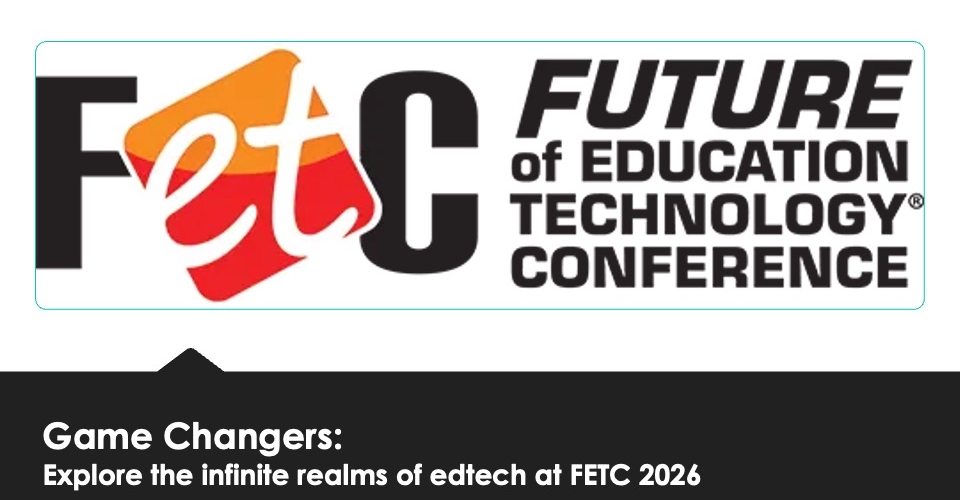“TrAIlblazing” is a monthly column capturing the latest trends and innovations surrounding artificial intelligence and its impact on K12 based on research and conversations with district leaders.
School districts are well beyond the initial AI “hype train” and deep into the strategic planning and implementation of the technology. Such a shift reflects a nationwide understanding that AI has immense power to enhance learning and improve teacher effectiveness.
The tool is best introduced from a place of encouragement, as evident in my conversations with leaders like Jamie Haug, the technology director at the Pearl River School District in New York.
Since first experimenting with ChatGPT in November 2022, Haug has moved past the “noise” about cheating and other fears surrounding AI and is seeking out exciting ways it can meet the needs of teachers and students.
In fact, the district’s newly implemented AI guidance starts by encouraging students and staff to experiment with the technology, whereas many other districts have opted to ban the tool entirely.
“We didn’t want this to become a disciplinary matter, but more of a teaching moment,” because we are all still new to this,” she says.
AI success stories
In Albuquerque Public Schools, teachers are using Brisk Teaching to create lesson plans, rubrics and differentiate instruction to enhance learning outcomes. “Our teachers have found that it really helped them focus more on their students and less on the things that take up their time,” says Superintendent Gabriella Blakey.
The district provides guidance and training while Blakey’s team of educators, principals and technology leaders vet AI tools before they’re integrated.
More from DA: ‘Breaking the myth’: A look at Houston ISD’s big turnaround
Similarly, Henry County Public Schools Superintendent Jim Masters is also championing AI. Since improving students’ writing scores significantly with the help of Google’s NotebookLM, he’s been advocating for leaders with no tech background to give AI a try, as it’s tremendously user-friendly.
“When I first arrived as superintendent, overwhelmingly, staff told me it was killing them the amount of hours they were having to put in to create lesson plans or to grade on-demand students’ writing,” he explains.
NotebookLM allows you to upload “sources”—including links to websites, documents or plain text—that drive interactions with the chatbot.
Henry County uploaded the grading criteria for the Kentucky state exam and fed the chatbot publicly released sample questions and answers until the AI learned to score like Pearson Kentucky, the agency that administers the exam.
“It took some trial and error, but we were finally able to dial it in,” he says.
New federal guidance
We’re also at the point where even the federal government is pushing AI innovation in K12 schools. Last month, the U.S. Department of Education issued guidance for schools using formula and discretionary grant funds to improve academic outcomes through AI.
Grantees are being encouraged to explore how they can use AI to enhance teaching and learning without replacing the role of educators.
To summarize, the department approved three educational functions for AI:
1. AI-based high-quality instructional materials
Federal education funds may be used to:
- Develop or procure AI-powered instructional tools that adapt to learner needs in real time
- Expand access to high-quality, personalized learning materials across all subjects, grade levels and learning environments
- Train educators, providers and families to use AI tools effectively and responsibly
2. AI-enhanced high-impact tutoring
Grantees may support:
- Intelligent tutoring systems that provide individual academic support with real-time assessment
- Hybrid models where AI-based learning platforms complement human tutors
- Diagnostic and scheduling tools that use AI to match learners with tutoring services based on need
3. AI for college and career pathway exploration, advising and navigation
Funds may also be directed toward:
- Platforms that leverage AI to help students identify career interests, explore pathways and make informed choices
- Virtual advising systems that guide students through course planning, financial aid and transitions to postsecondary education or careers
- Predictive models that support educators in identifying students in need of additional advising or support services



